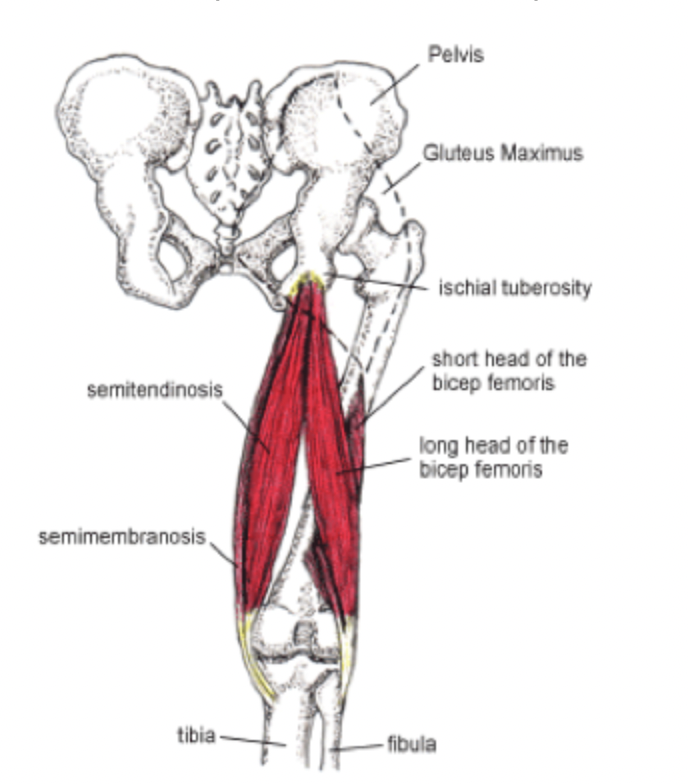Tendonitis: Why Does It Occur?
- Akshaj Sinha
- Feb 10
- 2 min read
Updated: Jun 23
By Akshaj S.
What Is Tendonitis?
Tendonitis occurs when a tendon becomes inflamed due to excessive strain or repetitive stress. It often leads to pain, tenderness, and swelling near the affected joint. This condition can develop gradually due to overuse or result from a sudden injury.
Tendonitis is commonly seen in athletes, manual laborers, and individuals who perform repetitive motions, such as typing or painting. It can occur in various parts of the body, including:
Rotator Cuff Tendonitis – Shoulder pain from repetitive overhead motion (e.g., swimming, throwing).
Tennis Elbow (Lateral Epicondylitis) – Inflammation of tendons in the elbow due to repeated arm and wrist movements.
Golfer’s Elbow (Medial Epicondylitis) – Similar to tennis elbow but affects tendons on the inner side of the elbow.
Achilles Tendonitis – Pain and stiffness in the Achilles tendon (back of the heel) from excessive running or jumping.
Patellar Tendonitis (Jumper’s Knee) – Inflammation of the tendon connecting the kneecap to the shinbone, common in sports with frequent jumping.
Why Does Tendonitis Develop?
To understand why tendonitis occurs, it’s important to recognize the physical strain placed on tendons during daily activities. Tendons are built to handle movement and tension, but excessive stress or improper technique can cause small tears and inflammation.
Common causes of tendonitis include:
Repetitive Motion: Performing the same movement repeatedly (e.g., swinging a tennis racket, typing, painting).
Sudden Increase in Activity: Increasing workout intensity or workload too quickly without proper conditioning.
Poor Posture or Technique: Incorrect form while exercising, lifting, or playing sports can place excess strain on tendons.
Aging: Tendons lose elasticity with age, making them more susceptible to injury.
Occupational Strain: Jobs requiring frequent lifting, reaching, or gripping can contribute to tendon inflammation.
Treatments and Preventions
Tendonitis is generally manageable with rest and proper treatment. The RICE method (Rest, Ice, Compression, and Elevation) is commonly used to reduce pain and swelling. Over-the-counter anti-inflammatory medications, such as ibuprofen, can also help relieve symptoms.
To prevent tendonitis:
Warm up and stretch before engaging in physical activities.
Use proper technique when exercising, lifting, or playing sports.
Take breaks during repetitive activities to prevent overuse.
Strengthen surrounding muscles to provide better support for tendons.
Wear supportive footwear to reduce strain on lower-body tendons.
In severe cases, a doctor may recommend physical therapy, corticosteroid injections, or surgery if the tendon is at risk of rupture.
When To Seek Help?
Most cases of tendonitis improve with self-care, but if symptoms persist for several weeks, worsen, or significantly impact daily activities, it’s important to consult a healthcare provider. Ignoring tendonitis can lead to chronic pain or tendon degeneration, which may require long-term treatment or surgical repair.
Sources:


